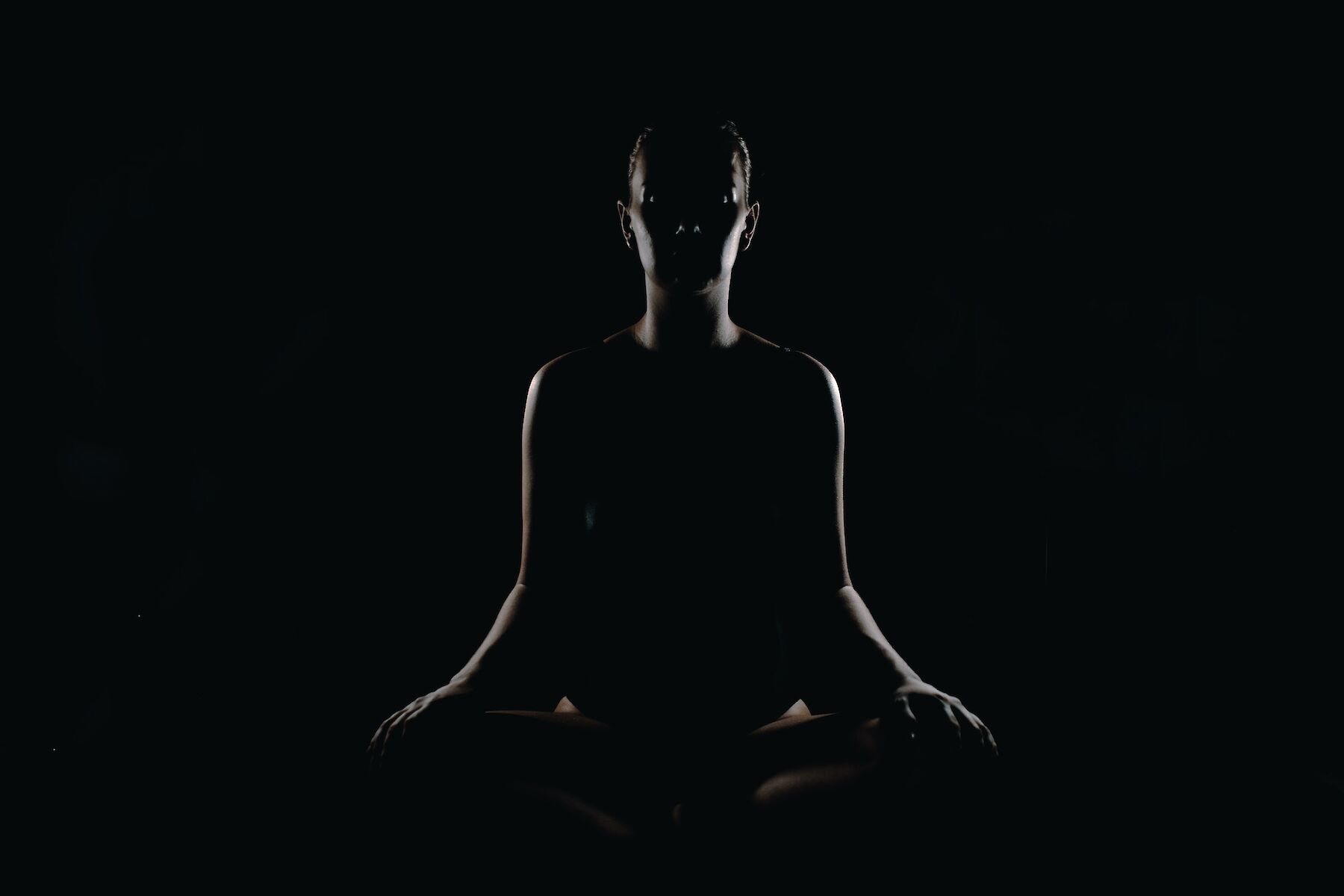
Published on Tuesday, June 20, 2023
Written by Gustavo Ponce
Meditation is a state: You are either in that state or you are not. Meditation happens or it doesn't; it cannot be forced. Meditation cannot be explained.
In my view, the meditation practiced in the world of yoga today is related to the resurgence of Hinduism in India.
When the British arrived in the 16th century, Indian society and its main religion, Hinduism, were plagued with superstitions and cruelties such as the immolation of widows, and infanticide was rampant.
About 90 years before the independence that took place in 1947, there began a gradual resurgence of Hinduism with mystics and religious figures such as Ramakrishna and Swami Vivekananda, Ramana Maharshi, Yogananda, Shri Aurobindo, and of course, Mahatma Gandhi, among many others who came later like Swami Shivananda, Maharishi Mahesh Yogi, Sai Baba, etc.
Gradually, yoga starts to revive and spread in India and around the world. In addition to Swami Vivekananda, who was the first to speak about yoga at the World Parliament of Religions held in 1893 in Chicago, Tirumalai Krishnamacharya is considered the father of modern Hatha Yoga, but he is best known for his students B.K.S. Iyengar, K. Pattabhi Jois, his son T.K.V. Desikachar, and later Indra Devi, with whom I had the honor to study. I can confidently say that the 20th century was the century of Hatha Yoga, and the 21st century will be the century of Raja Yoga, that is, Patanjali’s yoga.
Raja Yoga or Patanjali’s Yoga is the yoga of meditation. Unfortunately, the meditation that many of us practice deviates significantly from what the sage describes in his Yoga Sutras.
Especially in the West, the word “meditation” is used casually and has become a consumer product, a business. Many schools offer “Yoga” and “Meditation” as if they were separate things. The approach we have in the West is more therapeutic, a tool against stress, which is undoubtedly excellent, but it is not meditation.
For Patanjali, meditation is “Dhyana”; for Chinese Buddhists, it is “Chan”; and for Japanese monks, it is “Zen.” Meditation is a state of consciousness where the boundaries of conscious, subconscious, and unconscious mind fade away.
What all of us do, including at GPBALANCE, is practice techniques for developing attention, namely “Pratyahara” and “Dharana,” but it is not possible to “practice meditation.”
Meditation is a state: You are either in that state or you are not. Meditation happens or it doesn’t; it cannot be forced. Meditation cannot be explained. It is something that rarely occurs, just like falling truly in love. How many times in your life have you truly fallen in love? Two, three times? It’s the same as when you enter a state of meditation, where your personal consciousness merges with universal consciousness.
The goal of meditation is to find wisdom and true happiness. In the case of Buddha, it is achieved through the Noble Eightfold Path to overcome human suffering, and in the case of Patanjali, by overcoming the five afflictions that prevent us from finding happiness.
-
Avidya: Ignorance, imperfect understanding.
-
Asmita: Ego.
-
Raga: Attachment. Desire.
-
Dvesa: Irrational aversions.
-
Abhinivesha: Fear of death.
For this, Patanjali proposes “Ashtanga Yoga.”
The first 4 techniques of the GPBALANCE sequence are aimed at developing attention, that is, they are techniques to reach the state of “Dyana”. While this is happening, these techniques are powerful tools for mental focus. These first 4 techniques are combined with the following 4 that, although they are solar breathing techniques, allow us to balance our energy and enter a state of BALANCE, which in a way, gives us happiness.